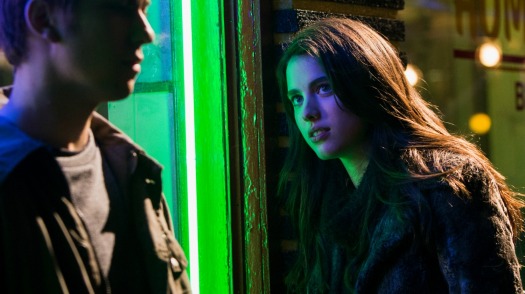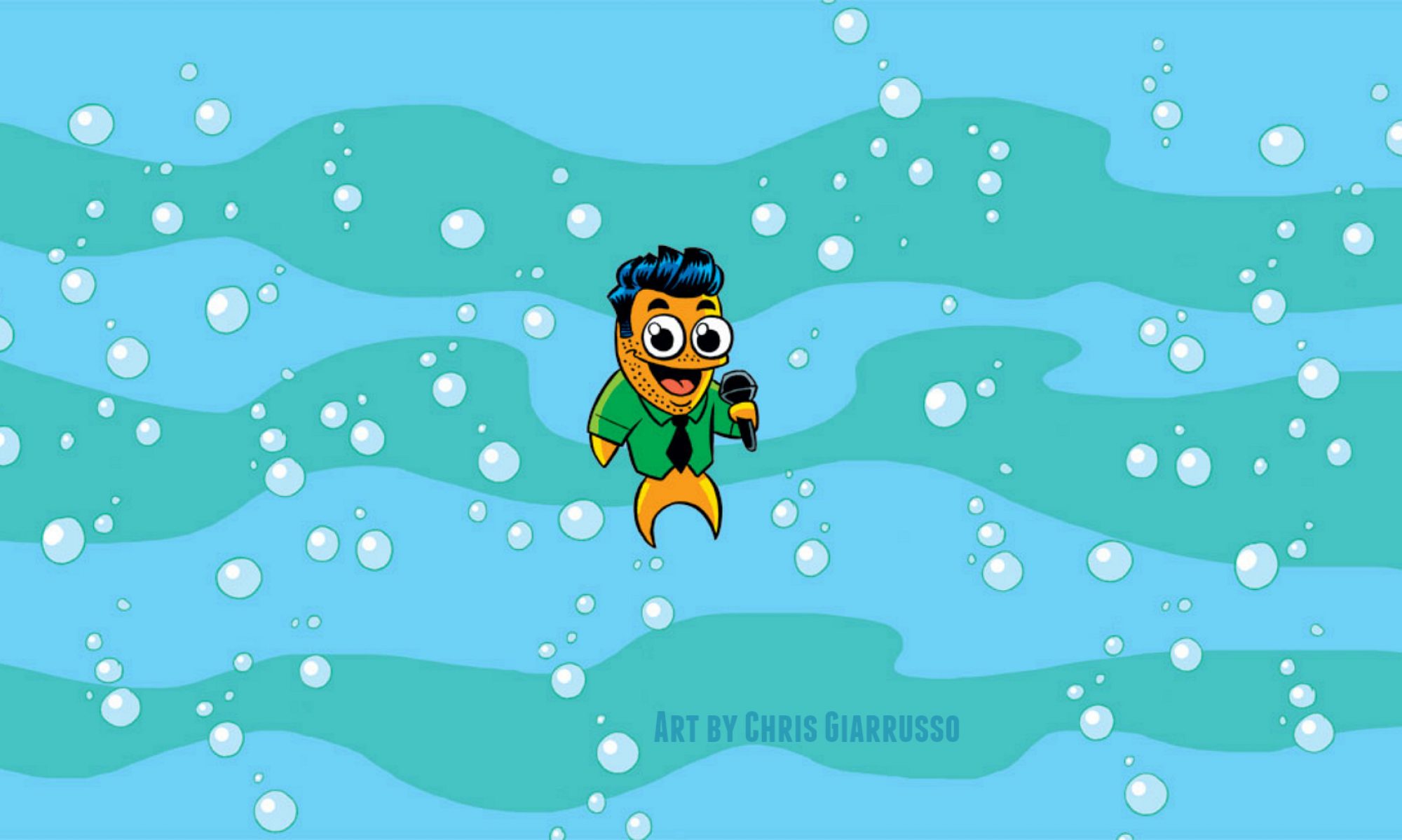Death Note is a popular and beloved manga and anime series. Netflix has released a new live-action movie based on the concept and characters. This isn’t the first time the 12-volume manga series has been adapted. The anime consists of 37 episodes and there are four live-action Japanese films and a TV series. Creating a new movie for U.S. audiences is an ambitious and somewhat peculiar move. The new movie unfortunately doesn’t quite live up to the expectations.
With so much to the story, Death Note is ripe for an ongoing series. As with any adaptation, it’s important to have an open mind. When the project was first announced, there was some outcry over the casting choices. Having the story take place in Seattle explains this choice and allows some freedom to make some changes from the other versions. If the story was completely true to the source, many would already know what to expect. The little changes to Light and his family helps to remind us this is something a little different.

The most notable change is with Light/Kira, the possessor of the Death Note that allows him to kill anyone by writing their name inside. In the manga, he was an extremely intelligent and diabolical character. This version is merely a pale comparison. He does possess some smarts but is nowhere near as formidable as the original version. Another change is his immediate decision to confide in his girlfriend. There is an interesting dynamic between the two, and the role she takes throughout the movie based on her actions. This allows for more twists and less conversations between Light and Ryuk, the Shinigami that dropped the Death Note in the first place.
Ryuk remains more in the shadows, and it actually works here. Willem Dafoe providing the voice is one of the few saving graces of the production. Having the Shimigami lurk in the background gives him more of an air of mystery and lessens the amount of CGI needing to be used for his presence. He comes across as slightly more menacing here compared to the apple-loving death god seen in the manga.

The other big change is with L, the brilliant detective tracking down “Kira.” In the manga, it felt a little convenient at times how he was able to deduce certain facts about Light and Kira. That is compounded here. The enigmatic character loses his core essence in this interpretation. When certain events occur, he quickly loses his composure and is barely recognizable. L becomes more of a crazed and obsessed person rather than the calm and cool foil for Light.
The various changes can be somewhat justified due to the sake of the trying to condense a good portion of the story into an hour and forty minute movie. The problem with this is, too much was crammed into the film. Events occurred way too fast. L suspects and confronts Light before you expect it. So many of the actions Light made in the manga and anime are lost. It becomes difficult to watch without thinking what could have been done had there been more time to flesh out the story and characters. By the time we begin to see a true hint of what infernal schemes Light is capable of, the movie is near the end.

This Death Note movie is an interesting attempt at delivering a new version of the source material. There’s definitely some potential that can be seen at times. More so, it felt as if it were a challenge to see how much could be condensed in the new telling. Those deeply familiar with the manga or anime will be disappointed at the lost opportunity to retell such a great story. It’s always possible another film could be made from the ashes of this one, in one way or another. Perhaps it’s best if this is a one-and-done attempt.
And while I can appreciate the 80’s cheesy goodness of Chicago’s “I Don’t Want To Live Without Your Love,” I never thought I’d have it stuck in my head after watching a Death Note movie.

